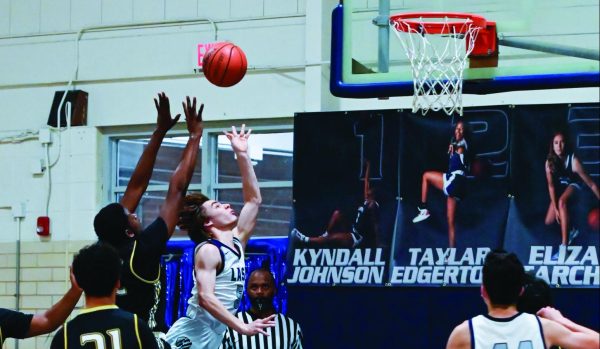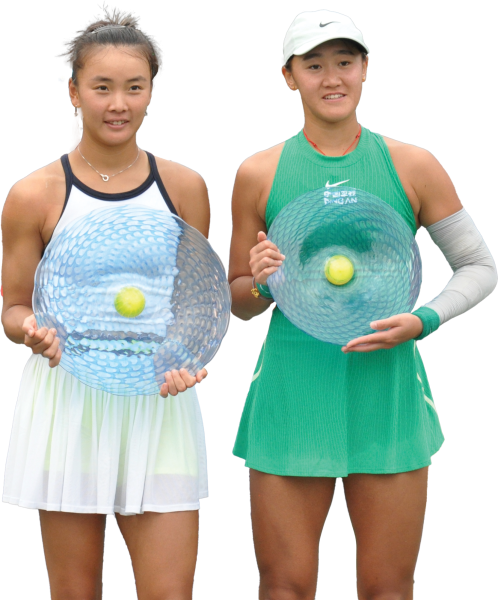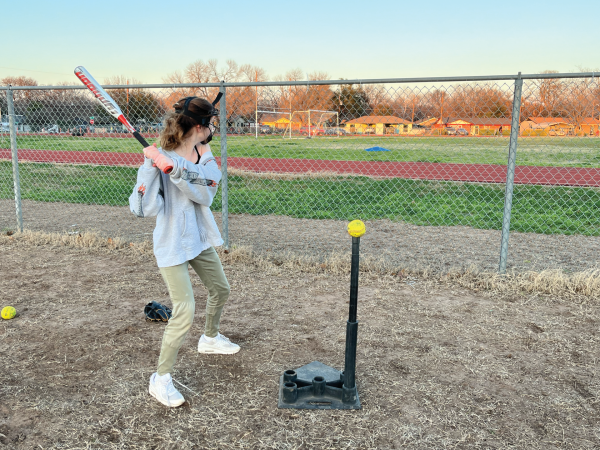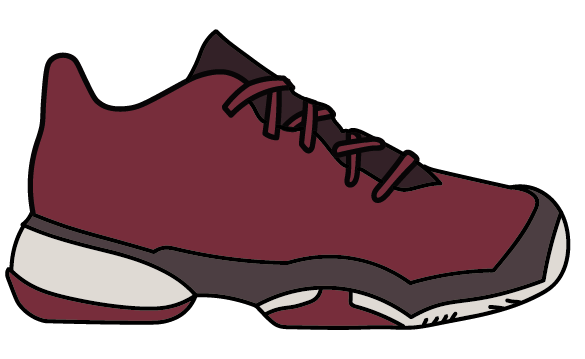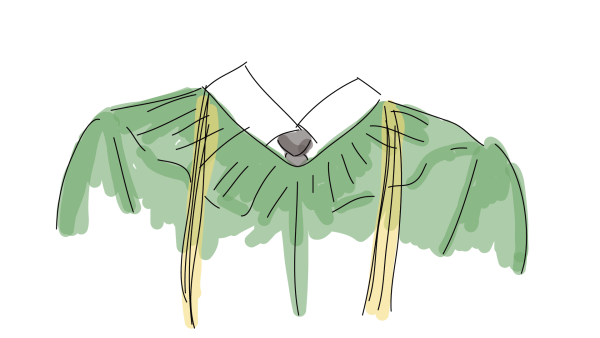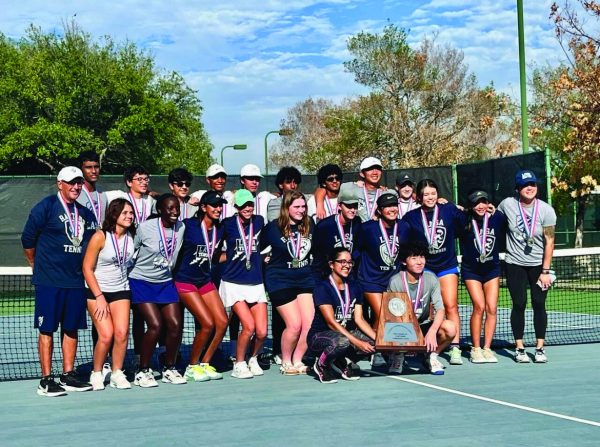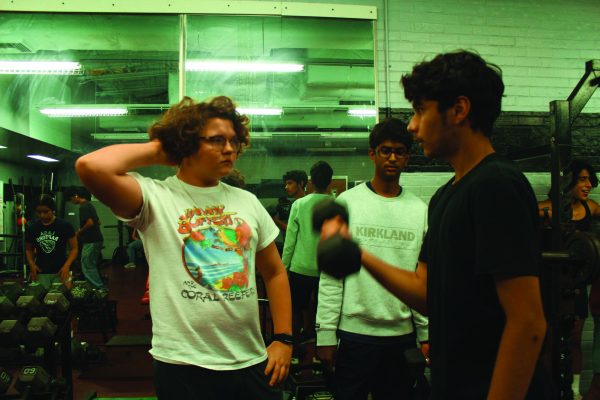Seniors sign for their futures
February 19, 2019
The college application process for almost all students involves essays, recommendation letters, and resumes. However, for student-athletes hoping to play in college, it involves even more work. Student-athletes interested in being recruited must start by informing themselves of the process, according to multiple coaches.
LBJ baseball coach Eric Martanovic has helped many players find places on college teams. He advised athletes to be determined and not to simply rely on their skill to attract attention from colleges.
“There’s a common misperception with athletes these days that if they’re good and they can show it on the field, they’re going to get noticed,” Martanovic said. “While sometimes that may be true, you still have to do a little bit of marketing on your own to get your name out there.”
There are several ways to accomplish this. LASA college counselor Vyasar Ganesan said the first thing student athletes should do is register at the NCAA clearinghouse. This allows colleges to easily access personal information, transcripts and sports statistics.
“You give a lot of information about yourself and what sports you play,” Ganesan said. “They’ll ask to see a transcript for the entire year with your grades, and colleges will get in touch with you from there.”
Many colleges also offer summer camps, which allow athletes to demonstrate their skill in front of coaches and recruiters. LASA senior and baseball player Nate Moore began going to camps as a sophomore. He first began talking to coaches from the California Institute of Technology, where he plans to play next year, at the camps. Another LBJ baseball coach. Tucker Ebest, said students should include evidence of their skill when contacting coaches.
“Get videos of yourself playing your respective sport,” Ebest said. “If you play basketball, show dribbling, shooting, all that stuff. Show in-game stuff; that’s very important to coaches too. Overall, build yourself as the kind of athlete you want to be. If you’re trying to be an outfielder, work on your speed so coaches will see that improvement.”
Coaches receive hundreds of emails, so prospective athletes should try to contact coaches directly. Moore said athletes have to be persistent and get used to the fact that rejection is part of the process.
“Sometimes you have to email the coach two or three times before you get a response, and if they don’t respond after that, they probably won’t,” Moore said. “A lot of times you think you have a lead with a coach and you don’t. That’s happened with a couple of schools where I thought the coach really liked me, but they didn’t like me enough to give me a spot.”
The challenge of finding a sports team has a lot to do with the level athletes aspire to, according to Moore. Many students shoot for major academic Division I schools like Stanford, Vanderbilt, and the University of Texas. While this is an admirable aspiration, Moore said it’s important for athletes to be realistic about their skill set.
“Shoot for your goals at the beginning, and as you go through the process, you’ll know more about what you want and where you have a shot,” Moore said. “Look honestly at yourself and your skill set. If you’re trying to play Division I, make sure you’re good enough to play Division I.”
It can be difficult for student-athletes to find a school that fits both their academic and athletic needs. Martanovic said athletes should worry about the academic aspect before they look into athletics.
“I’m a firm believer that if you’re able to play and perform at the varsity level in high school, particularly this area, there’s a spot for you somewhere in a college,” Martanovic said. “However, the big challenge comes in matching a good academic opportunity with the right athletic fit. Once the student has identified the particular school they want to go for academically, getting their foot in the door athletically is an important thing.”
Finally, grades are an important aspect of the college recruitment process. Although athletic skill is important, prospective students have to be able to keep up with schoolwork as well.
“You’ve got to get your foot in the door first before they’ll even start looking at you,” Moore said. “Especially with the schools I’ve been looking at—high academic DIII schools—you have to be able to get into the school first before you can even play on the team. Caltech, for example, only admits a third of the athletes that coaches support. You’ve definitely got to be strong academically.”



